Just What Is Your Core? Here’s Everything You Need to Know
(Plus How to Engage Your Core in Yoga!)
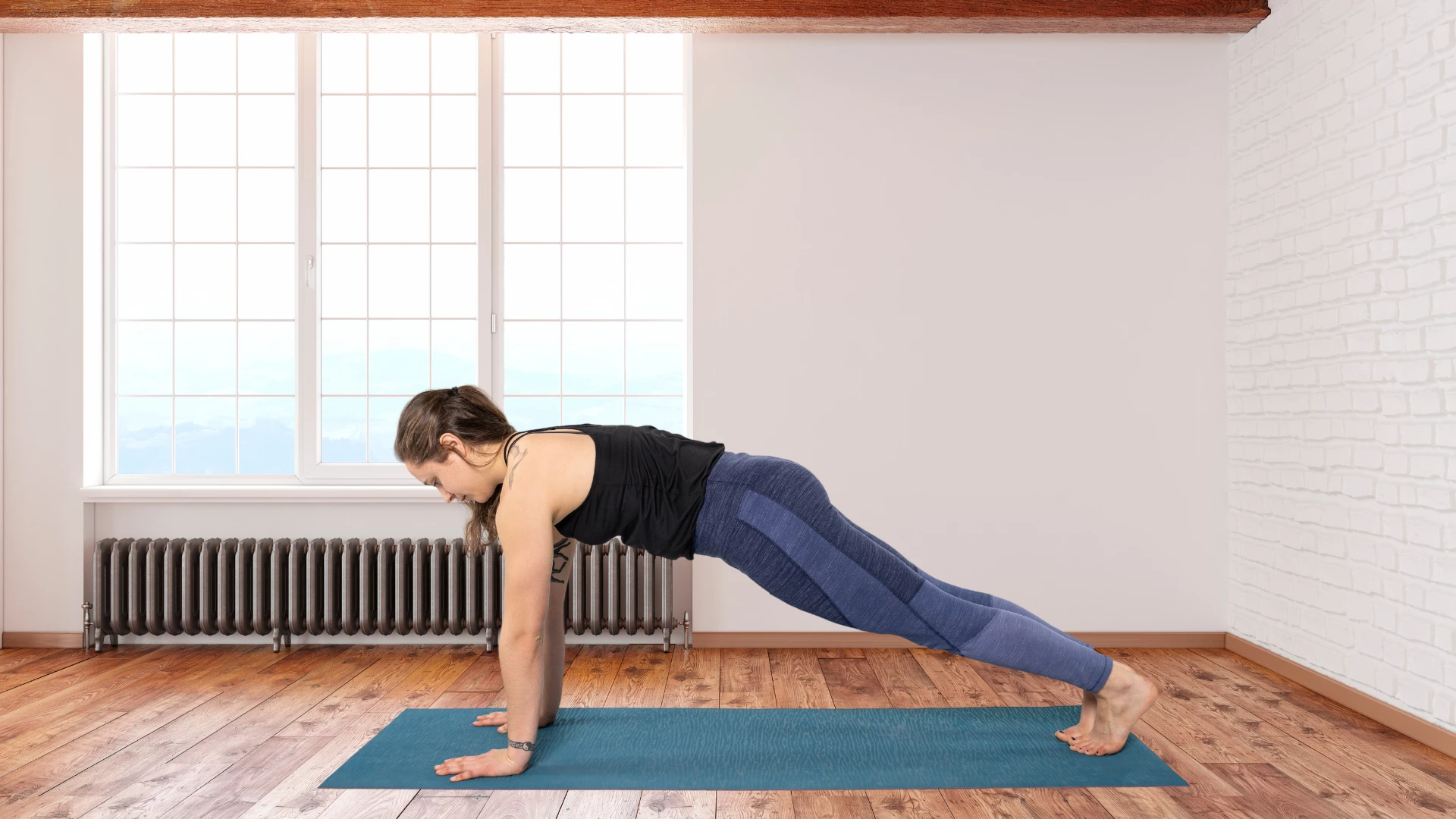
Article At A Glance
You’ve heard of the “core” before. But do you know what it really is? Or even where it is exactly? Do you know how to engage your core? Yoga teachers often tell students to engage their cores, but it’s much rarer to hear an explanation about how to engage your core.
While it can be a lot to cover and digest, your core doesn’t have to be so mysterious. Let’s break down the major parts of the core first and then learn how to engage your core effectively in your practice.
What Exactly Is Your Core?
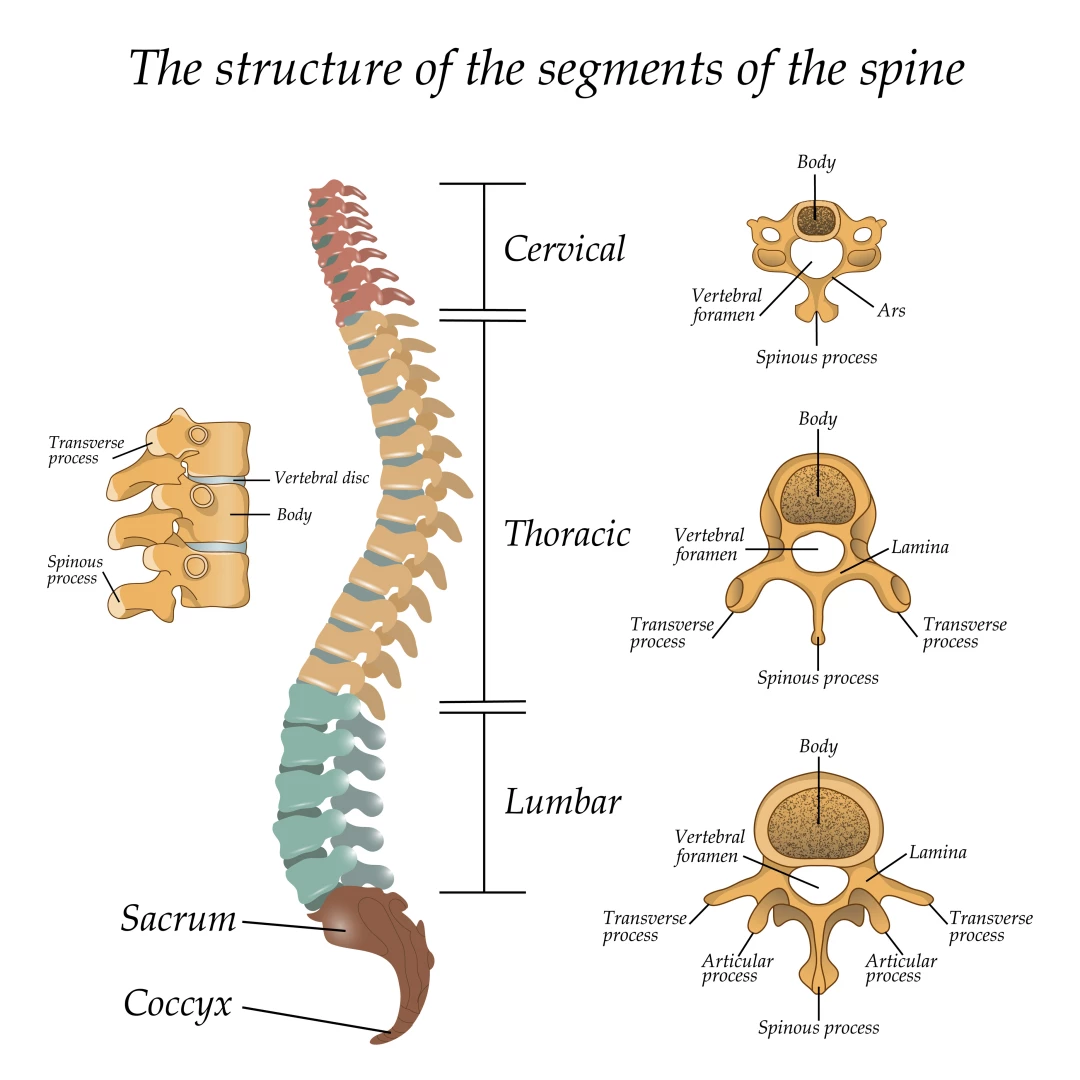 Different anatomists have different definitions of what makes up the “core,” but essentially, your core is a collection of muscles that stabilize and support your lumbar spine (or lower back).
Different anatomists have different definitions of what makes up the “core,” but essentially, your core is a collection of muscles that stabilize and support your lumbar spine (or lower back).
Your lumbar spine holds the weight of the entire spinal column above it, along with that of the upper extremities. But, unlike the thoracic spine, the lumbar spine doesn’t have any bony structure like the ribcage to help support all the weight that it holds.
Instead, the lumbar spine relies on its inherent design, surrounding musculature, and other soft tissue structures to help stabilize and support it. The core really includes all the muscles that help to do just that.
This comprises a wide array of muscles, including the rectus abdominis, internal and external obliques, transverse abdominis, iliopsoas, erector spinae, quadratus lumborum, pelvic floor muscles, and more.
These muscles all work together on opposing sides of the body to create a cohesive center. Along with connective tissues in the area, these muscles push and pull in varying directions to apply tension across the entire lumbar region in order to maintain structure and support for the lumbar spine and internal organs.
Here’s How to Engage Your Core in Yoga
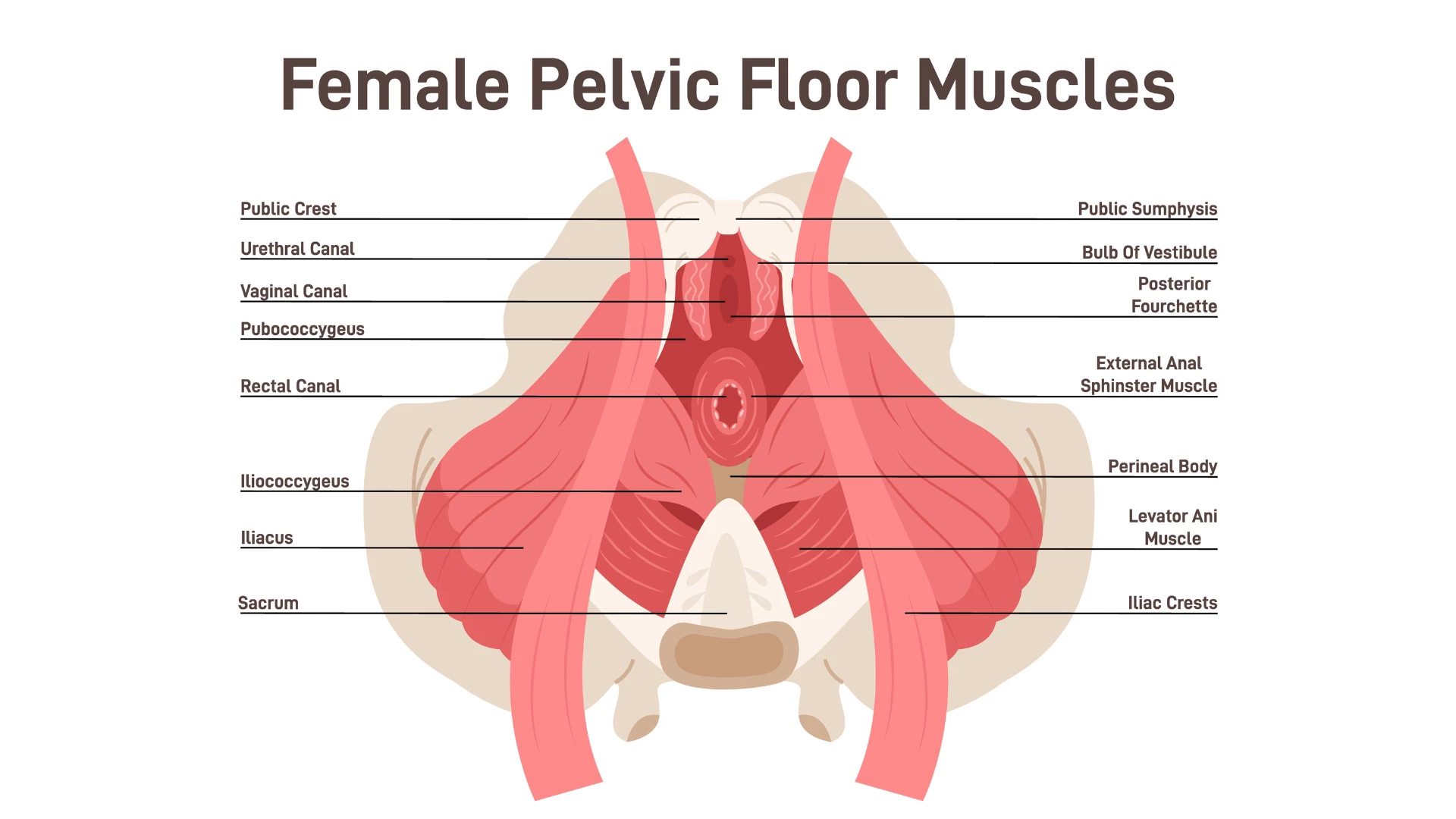
If you’ve ever heard a teacher tell you to engage your core, you might wonder how?
When it comes to engaging your core in yoga, most people think they should just suck in their bellies and hold their breath. However, this isn’t exactly going to engage all the appropriate muscles, and it will likely lead to unnecessary tension across your core as well.
Instead, think of core engagement as very subtle and finessed. Visualize your core as a three-dimensional space around your whole center. It stretches from your lower back, around your sides, and across your abdomen. It includes muscles that are incredibly deep and next to your spine and muscles that even line your pelvic floor.
So rather than simply sucking in your belly, imagine a corset very subtly drawing in around your whole center. Three-dimensionally cinch in around your whole waistline to draw the contents of your abdomen in closer toward your spine.
Keep this action subtle and relaxed so that you can still maintain full and deep breaths. Some people categorize the diaphragm—the primary muscle of relaxed breathing—as a deep core muscle. So you want to keep a full, deep breath even as you engage your core.
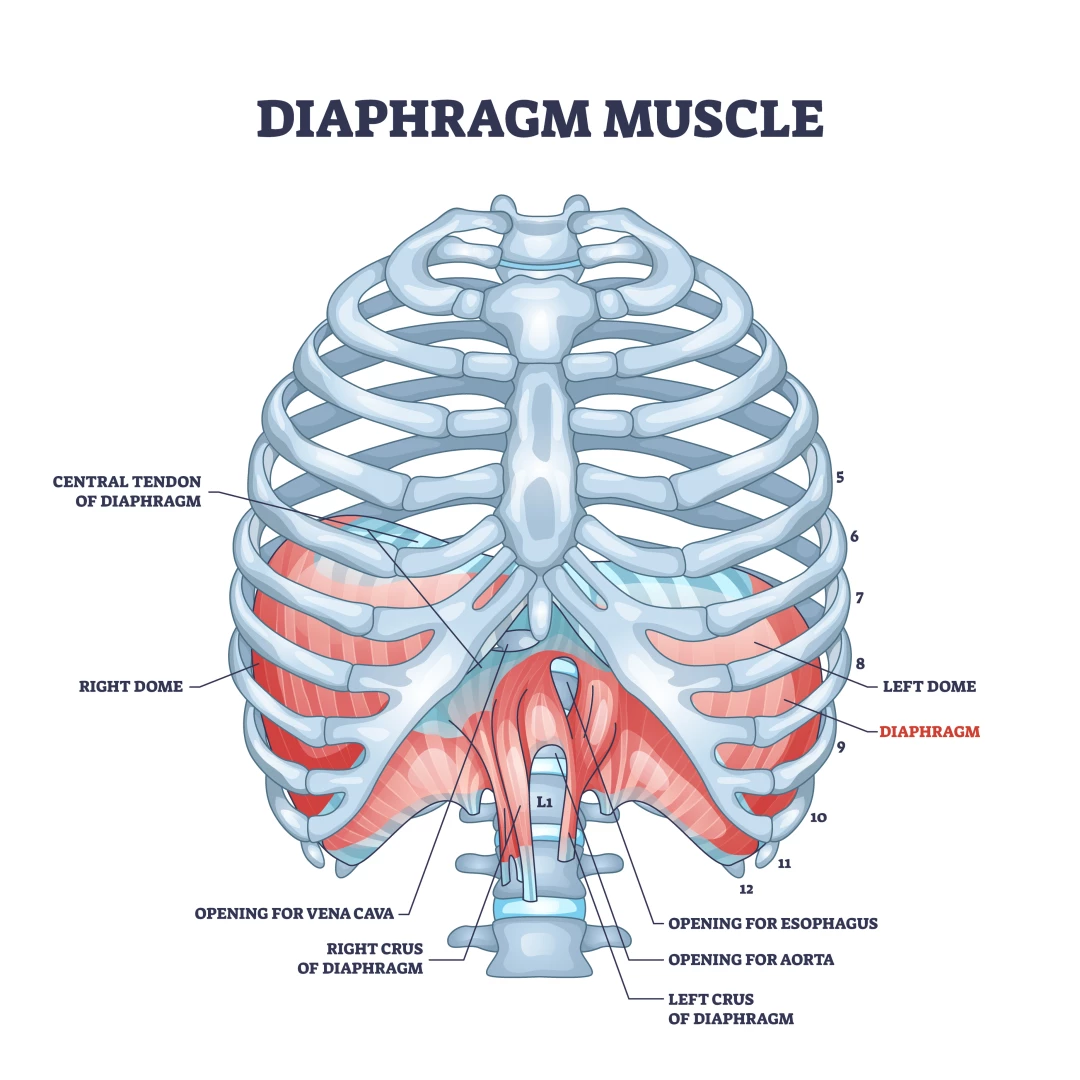 Your diaphragm is also intrinsically linked to your pelvic floor muscles; as one contracts, the other releases, and vice versa. Therefore, you want to maintain slow, rhythmic, relaxed breath even as you activate around your center. This will also help to release any unnecessary tension that you may be holding around your center as you try to engage.
Your diaphragm is also intrinsically linked to your pelvic floor muscles; as one contracts, the other releases, and vice versa. Therefore, you want to maintain slow, rhythmic, relaxed breath even as you activate around your center. This will also help to release any unnecessary tension that you may be holding around your center as you try to engage.
Also, allow for a subtle release of the engagement with every breath you take. Gently firm on your inhalations and soften on your exhalations.
Once you’ve “corseted in,” ever so slightly hug your navel toward your spine and up toward your ribcage. This subtle lift will help to create a sense of buoyancy in your core to make you feel light and better able to balance in your practice.
The Takeaway on How to Engage Your Core in Yoga
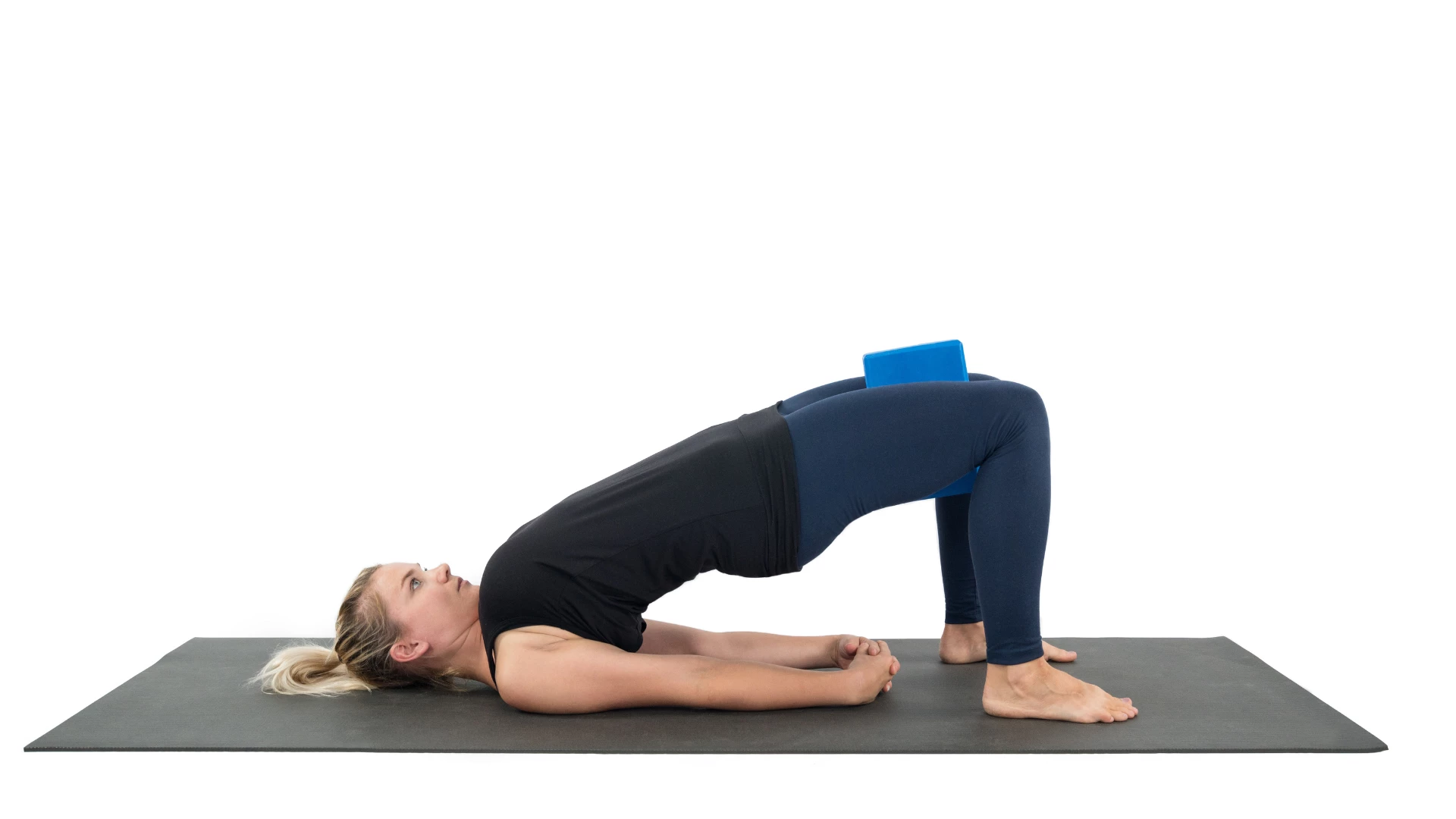
The secret to how to engage your core really lies in the subtlety. Rather than vigorously drawing in, very softly hug in three-dimensionally around your center and then ever so slightly lift your navel in and up. Keep enough softness so that you’re able to breathe deeply.
Give this core engagement a try and see if it changes how you practice as a whole.
Also, read...
4 Surprisingly Challenging Chair Yoga Poses to Strengthen Your Core
7 Variations of Yoga’s Side Plank to Build Shoulder and Core Strength
5 Strength Building Yoga Poses to Create Stability
Related courses
Journey to Center: A Yoga Guide to Unlock the Full Potential of Your Core
Yoga for Healthy Hips: Principles for a Safe Practice
Need an Energy Makeover? How Yoga Can Help You Boost Vitality

Leah Sugerman is a yoga teacher, writer, and passionate world traveler. An eternally grateful student, she has trained in countless schools and traditions of the practice. She teaches a fusion of the styles she has studied with a strong emphasis on breath, alignment, and anatomical integrity. Leah teaches workshops, retreats, and trainings, both internationally and online. For more information, visit www.leahsugerman.com.


